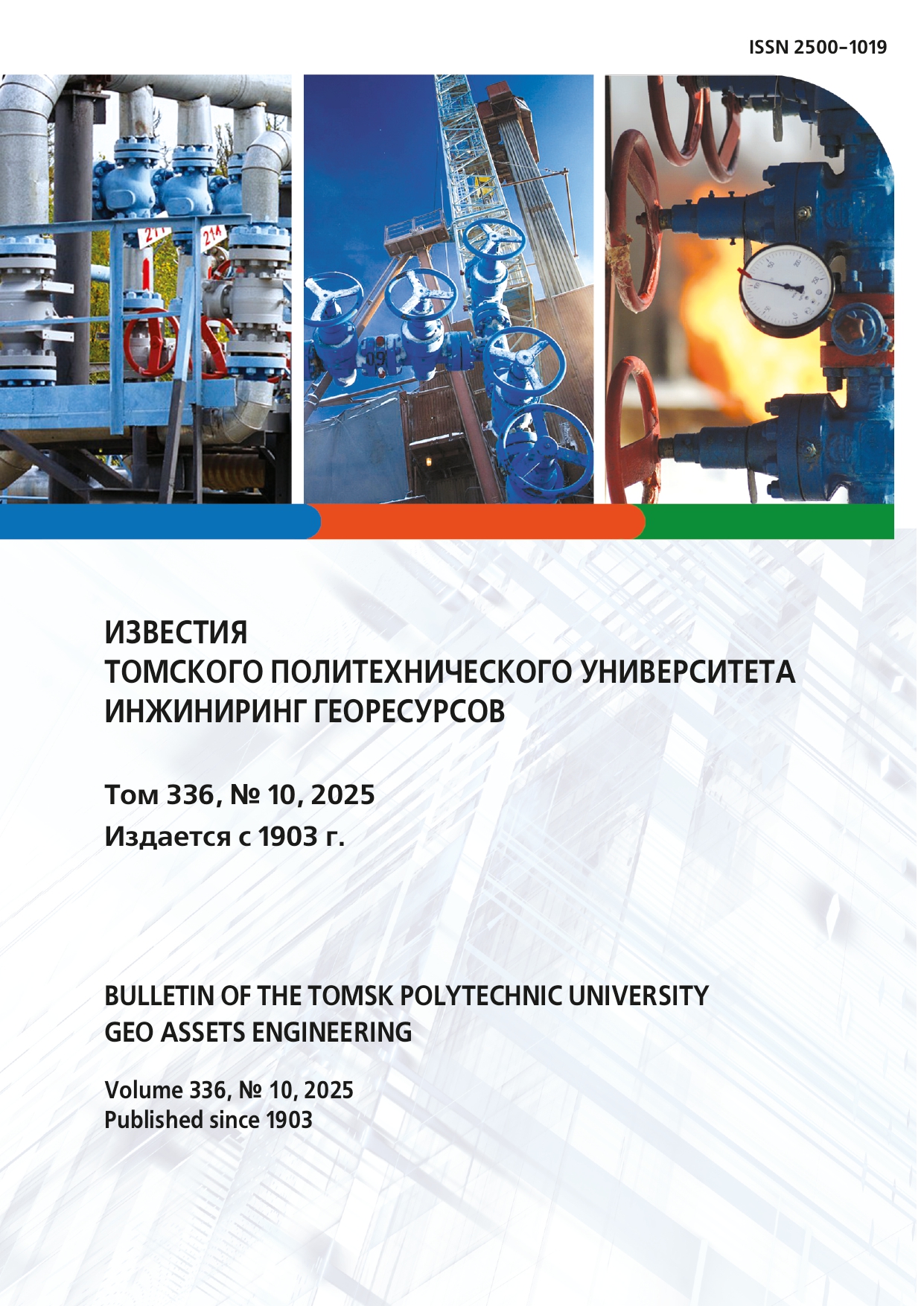Том 334 № 5 (2023)
DOI https://doi.org/10.18799/24131830/2023/5/4022
ЧИСЛЕННАЯ ОЦЕНКА ПЛОТНОСТИ ГРУНТА МЕТОДОМ КОНЕЧНО-РАЗНОСТНЫХ СЕТОК ПРИ МАТЕМАТИЧЕСКОМ МОДЕЛИРОВАНИИ УПЛОТНЕНИЯ ПРОСАДОЧНЫХ ГРУНТОВ ГЛУБИННЫМИ ВЗРЫВАМИ
Ссылка для цитирования: Тарасенко Е.О. Численная оценка плотности грунта методом конечно-разностных сеток при математическом моделировании уплотнения просадочных грунтов глубинными взрывами // Известия Томского политехнического университета. Инжиниринг георесурсов. – 2023. – Т. 334. – № 5. – С.103-108.
Актуальность. С целью обеспечения длительной эксплуатации и прочности зданий и сооружений на этапах их проектирования и строительства на просадочных лёссах необходимо проводить численную оценку плотностных характеристик грунтов. Просадочные лёссы широко распространены в мире. Их можно наблюдать в России, Китае, странах Средней Азии и т. д. На территории России их залегание отмечается более чем на 17 % от всей территории страны. Практически повсеместное распространение лёссовых грунтов встречается на территории Северо-Кавказского региона (80–85 % площади). Отмечается большая их мощность (до 50 м). Настоящая работа посвящена численному моделированию оценки плотностных характеристик просадочных грунтов методом конечно-разностных сеток в рамках математической модели уплотнения лёссов глубинными взрывами. Применение аппарата вычислительной математики позволило решить задачу оценки плотности уплотняемого просадочного грунта в зависимости от глубины заложения заряда взрывчатого вещества. Цель: провести численную оценку плотности грунта в рамках математического моделирования уплотнения методом глубинных взрывов просадочных лёссовых грунтов. Методы: применение аппарата вычислительной математики, дифференциальных уравнений в частных производных, методов и результатов физики твёрдого тела, инженерной геологии, механики грунтов. Методика эксперимента. Проведено численное моделирование оценки плотности уплотняемого грунта глубинными взрывами на основе метода сеток. Результаты. На основе метода сеток по явной конечно-разностной схеме построены дискретные линейные динамические системы для численного расчёта плотности уплотняемого просадочного грунта глубинными взрывами. Описано послойное приближение к решению дифференциального уравнения в частных производных с заданными начальным и граничными условиями, математически описывающего технологический процесс уплотнения просадочного грунта для случаев реализации поверхностного выброса и камуфлетного уплотнения. Указано условие устойчивости полученных конечно-разностных схем. Проведён вычислительной эксперимент, который продемонстрировал адекватность предложенного метода оценки плотности уплотняемого грунта экспериментальным данным. Выводы. Построенные численные решения задач в рамках математического моделирования уплотнения просадочных грунтов глубинными взрывами указывают на возможности их практического применения в качестве расчётных методик для снижения затрат на проведение производственных работ по уплотнению лёссов. Предложенные в работе методики определения плотности грунтов могут найти реализацию в ряде направлений прикладных исследований механики грунтов.
Ключевые слова:
просадочный грунт, плотность грунта, уплотнение глубинными взрывами, математическое моделирование, численное моделирование, конечно-разностная схема, метод сеток





